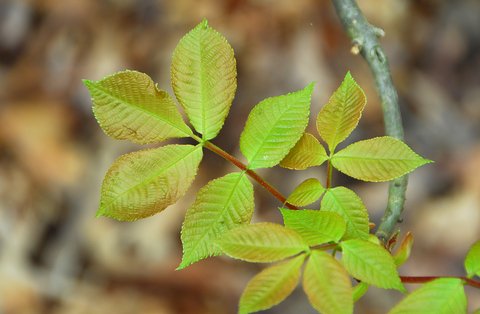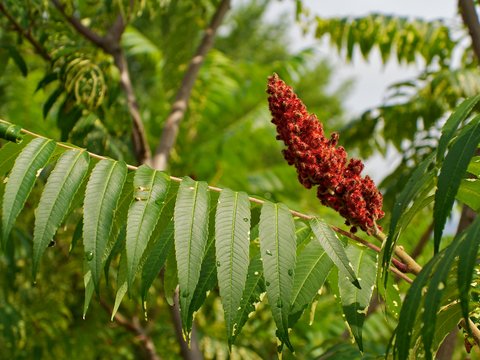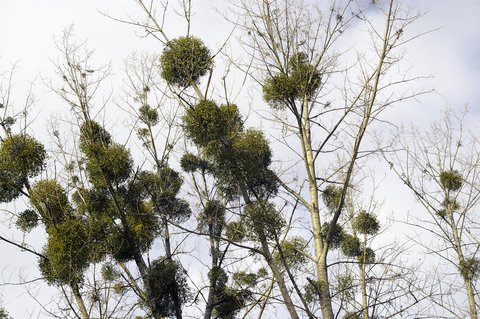Next to the threat of venomous or aggressive animals harming you in the wild, the most trouble an outdoors enthusiast can get into is a direct result of their own carelessness or misinformation.
RELATED: 10 Most Venomous Snakes in the World
Some plants are poisonous through ingestion, but others can harm you simply by making contact with them. Assuming you exercise precaution in picking up anything wild and putting it in your mouth, you are more likely to encounter issues with skin irritating plants.
In a wilderness situation, knowing what to stay away from is important information. Here is a quick guide to poisonous plants. Here is a quick guide to poisonous plants.
RELATED: Top 10 Deadliest Animal Bites
Poison Ivy, Oak and Sumac
Poison ivy, poison oak, poison sumac all cause allergic reactions through contact with the plants’ sap oil present on its leaves. Poison oak occurs mostly on the West coast and in the Southeast, while poison sumac is found everywhere east of the Mississippi River, as well as Texas, Louisiana and much of Eastern Canada. Poison ivy is found across the entire country and most of Canada.
The Poison
The poisonous oil, called urishiol, is released when parts of the plant are bruised, burned or damaged. Exposure to urishiol to the equivalent of less than a grain of table salt will cause a red skin rash in most people, which can become severe and require medical action.
Usually, over-the-counter topical medications will alleviate the symptoms, but in cases where the smoke from burning this plant is inhaled, irritation of the lungs could occur. Regardless of type of exposure, if swelling of the face occurs, particularly around the eyes, you should seek medical attention. If difficulty breathing or swallowing becomes apparent, go to the emergency room immediately.
Identification
As with any poisonous plant or mushroom, no amount of mental knowledge can help as much as a portable field guide to poisonous plants to help identify harmful plants on the spot.

Eastern poison ivy is typically a three-leaved plant that can be green or reddish and grows on ropelike vines. Western poison ivy looks similar, but is usually a lower-growing shrub. White, green, or amber berries could be present.

Poison oak is usually a shrub with leaves of three like poison ivy, but the Western variation could grow more vinelike. It could also have green-yellow to white berries.

Poison sumac is a woody shrub that has stems with 7-13 leaves arranged in pairs. Glossy, yellow or cream-colored berries could be present.
While direct contact causes rash, simply touching tools, clothing or animals that contacted the plant can transfer the poison, too. Although medications can help to ease the pain and irritation caused by these plants, preventing such rashes is much easier to cope with. The best method is to educate yourself on identification in the field, but still wear boots, long pants, long sleeves and gloves.
Wild Plants that Poison Through Ingesting
You shouldn’t be eating anything in the wild unless you have extensive experience identifying edible and poisonous species. That said, a brief rundown of some plants to avoid should be enough to raise a general awareness of threats.

Some wild cherries are edible, but others, such as the black cherry and chokecherry, have twigs, stems and pits that contain chemicals that can cause cyanide poisoning.
The berries of the moonseed are blue to purple, and resemble grapes. Ingestion can be fatal.

Yes, the well-known mistletoe plant that carries that strange tradition of hanging in doorways and instigating unwanted kisses during the Christmas season has a dark side. Its berries can kill you
The water hemlock plant grows in moist and swampy areas and has proven fatal for a number of people. It causes violent convulsions.
The poison hemlock is fatal if consumed and can be found in fields resembling a large wild carrot.








